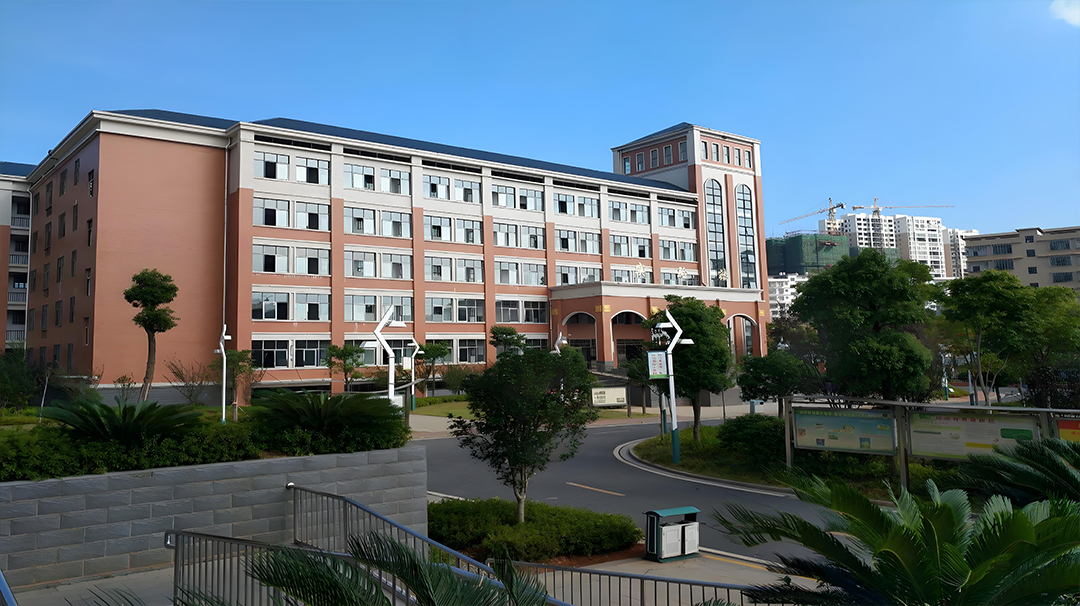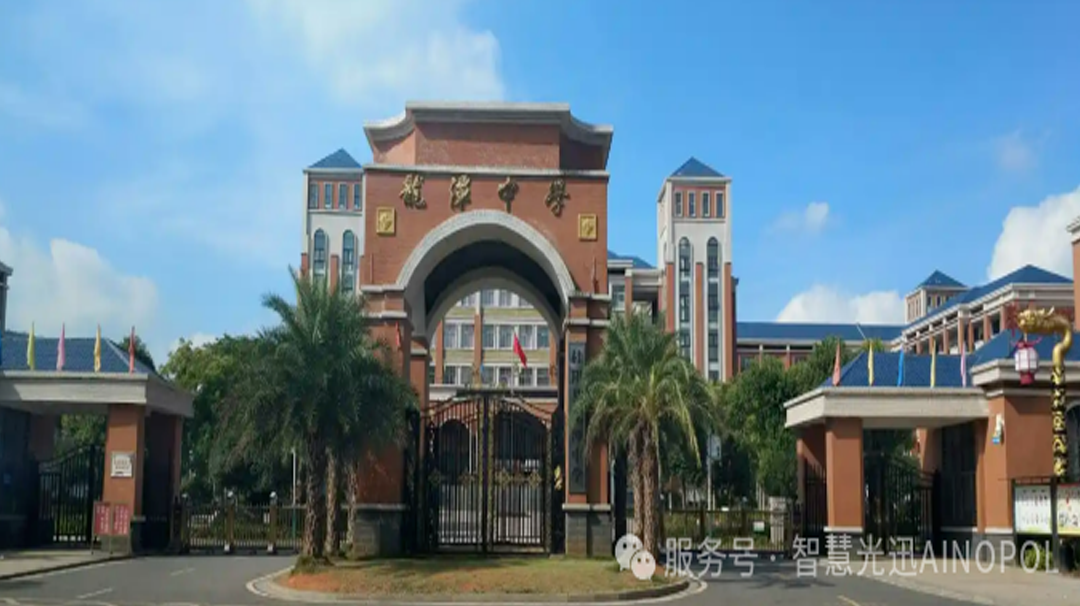
requirement analysis
Internal Services:
On the one hand, numerous legal consultations, case handling, and other work require stable and high-speed network support to ensure the smooth operation of online office systems and guarantee the efficient provision of judicial services. On the other hand, a large number of workers work online simultaneously, and various computer terminals, video devices, and information query terminals in public areas require stable network access, which puts high demands on the network's carrying capacity.
External services:
The Judicial Bureau has 42 external telephones for answering legal consultations and accepting legal aid applications from the public. These external telephones are important bridges for communication between the Judicial Bureau and the public, ensuring that the public can receive timely and accurate legal assistance. In addition, for the convenience of visitors, the office area needs to achieve wireless coverage, allowing people to easily use the network while waiting for work. At the same time, it is also convenient for staff to access the network at any time during mobile work, query information, and handle emergency affairs.
network planning
FTTN optical gateway:
Using FTTN optical gateway as the core, the uplink and downlink speeds are 1.25/2.5 Gbps. Fully meets the access needs of numerous ceiling mounted APs, desktop optical APs, and other devices within the Judicial Bureau, achieving high-speed transmission and sharing of office materials.
Voice communication:
In terms of voice communication, FTTN optical gateway supports SIP protocol, seamlessly connects 42 external telephone lines, and achieves stable and clear communication through IP network. Moreover, it has echo cancellation, noise reduction and other technologies to optimize the call effect, effectively improving the satisfaction of the public consultation.
Wireless control:
In terms of wireless networks, it has wireless AC control function to unify the management of optical APs supporting Wi Fi 6 within the Judicial Bureau, achieving comprehensive coverage of wireless networks. By utilizing technologies such as intelligent channel allocation, we ensure stable and high-speed internet access for mobile terminals.
Full coverage:
The small all-optical solution adopts fiber optic transmission, which has higher bandwidth, lower latency, and stronger anti-interference ability compared to copper cables. It provides solid network support for various businesses of the Judicial Bureau and helps to efficiently carry out judicial work.
Comparative advantage

Stable and reliable: With the anti-interference characteristics of optical fibers, all-optical networks can always operate stably, greatly reducing work stagnation caused by network failures, ensuring uninterrupted judicial services, and laying a solid foundation for the continuous operation of the Judicial Bureau.
Flexible expansion: When new devices are connected and services are expanded, all-optical networks only need to add optical APs, splitters, etc., which can easily meet the new requirements. In the future, the Judicial Bureau will introduce new applications, and the all-optical network can seamlessly connect, helping to achieve digital upgrading.
Security and confidentiality: Fiber optic transmission has strong confidentiality, greatly reducing the risk of data theft and tampering. Build a strong security line for the Judicial Bureau to safeguard judicial fairness and authority from cyber security threats.
Stable and reliable: The low maintenance cost and high reliability of all-optical networks reduce overall expenses. At the same time, improving office efficiency and service quality, indirectly creating more benefits, is a cost-effective choice for the digital development of the Judicial Bureau.
With the smooth deployment of all-optical networks in judicial cases, smart photonics will also deeply integrate with emerging technologies in the future, opening a new chapter in smart justice. Assist the Judicial Bureau in creating a more convenient and efficient integrated online and offline service model. Truly achieving the goal of 'allowing data to run more and the public to run less errands', further enhancing the satisfaction and sense of gain of the public towards judicial services, and laying a solid foundation for the construction of a rule of law society.
pon
Small all-optical solution



